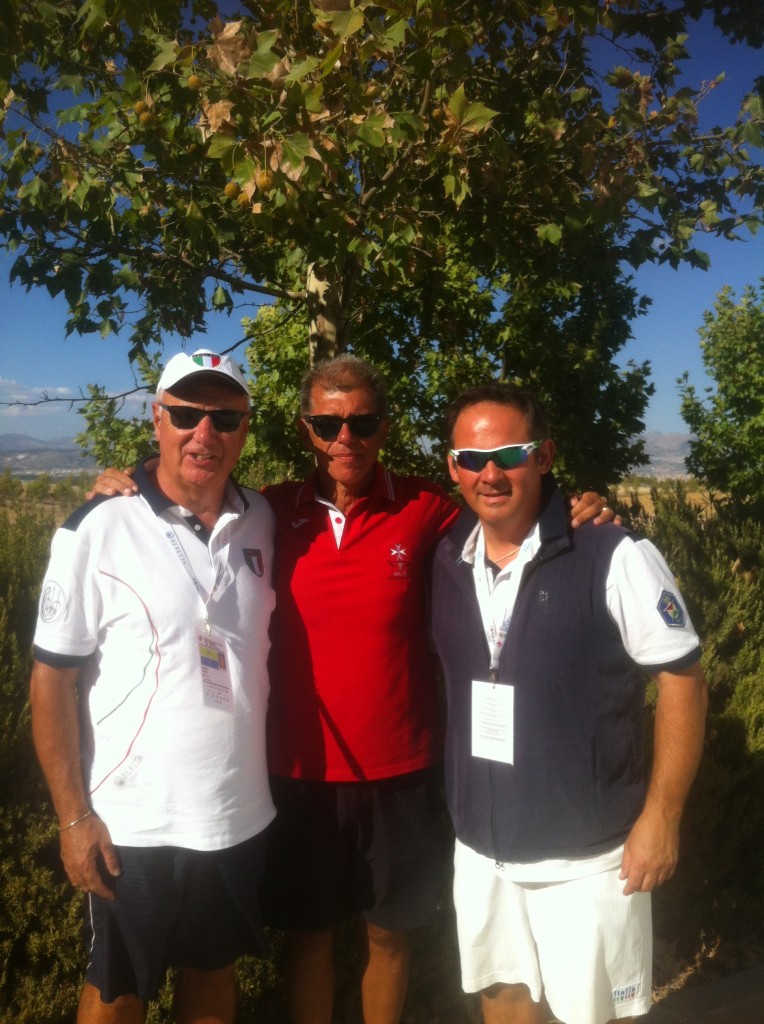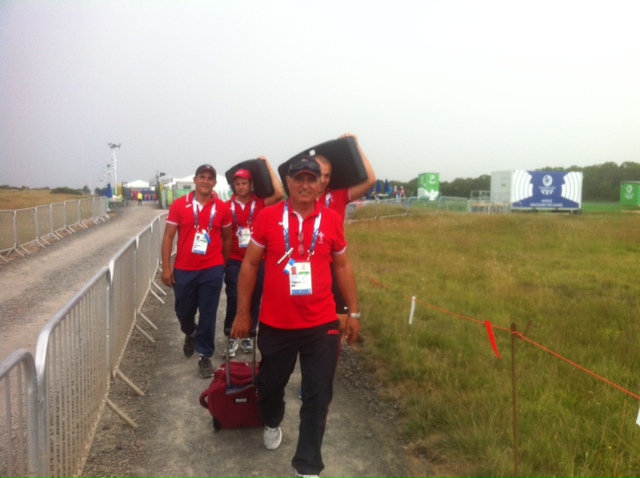To work on a specific sport to improve the performance of athletes, it is necessary, as a first step, to identify its main elements. By way of example, the characteristics of two disciplines that, even though they are very different from each other, require a high level of psychological commitment are shown: Olympic sailing and the Olympic trap in clay shooting.
The characteristics of the Olympic sailing classes
- Open skill sport in which performance is influenced by changes in the external environment.
- Requires control and guidance of a boat and the body is a means of regulating the action of forces external to it
- Performance is carried out under varying environmental conditions in which wind, sea current, wave and other weather factors can change widely and suddenly.
- The performance takes place over a period of several days with two races per day as per the rules of Olympic racing;
- It involves considerable tactical skill and quick decision-making.
- The performance over the course of a day is about five hours between preparation, approach to the race course, race, break between the two tests and return to land.
- For some Olympic classes, which are not individual, it requires a strong understanding with the partner.
- It involves a view of opponents limited by several factors: environmental, posture on the medium, different routes to go to finish line.
Distinguishing features of the Olympic trap specialty in shooting
- Closed skill sport in relation to the uniformity of the technical gesture, but which also requires a considerable ability of the athlete to adapt to changes, even sudden (wind gusts and changes of light), of the environmental conditions.
- After the shooter has fired, about 45 seconds pass before it is his turn again.
- This condition is repeated throughout the entire series of 25 plates and, with six shooters on the platform, has a total duration of about 25 minutes.
- The shooter has his rifle cocked, two shots at his disposal and the time of exit of the clay pigeon is certain and immediate.
- There is uncertainty in determining the direction of the clay pigeon (trajectory, angle and height).
- Weather conditions can affect the performance.
- The competition takes place over two days (three rounds on the first day and two rounds on the second day, plus a possible final).
- Between one series and another, at least one hour elapses during which the shooter must: in the first part recover physical and psychological energy and in the second part reactivate himself in order to enter the platform in the best condition.
The knowledge of the characteristics of the sport in which you operate is of primary importance, as it allows to understand what are the psychological implications and attentional demands related to that type of performance. For example, the identification of the characteristics of shooting in trap shows how the shooters must be able to manage the unpredictability of the exit of the clay pigeon, while maintaining the fluidity and precision of the technical gesture. In addition, the shooters must be calm enough to handle the 50-second pauses with confidence, but once the rifle is cocked and the clay pigeon is called, they must be equally ready and responsive to execute their action. The greater is the ability to alternate from one psychological condition to another, the greater the likelihood of performing at the top. For the shooters, it becomes necessary to reduce/eliminate any type of negative and self-evaluating thought, and increase any form of positive action that puts them in a position to express at the best.
In sailing, on the other hand, it is clear that the athletes is required to perform a task that not only requires a high level of mental commitment, since the choice of the type of action to be performed and how to perform it is decisive, but also takes place in an environment subject to strong variations due to the interaction between the boat and the natural elements. Moreover, it requires an accurate athletic preparation and the development of a high degree of tolerance to physical and mental fatigue, in a context that requires quick forecasts and immediate choices. A characteristic of concentration in sailing is that it must be constantly directed towards the external environment. The sailors must know how to correctly anticipate events by moving in a coordinated manner to the ever-changing situations, in fact, even the smallest error in assessing the wind, rather than an inadequate adjustment of the sails or a lack of synchronism in the movements can cause the loss of precious seconds.









